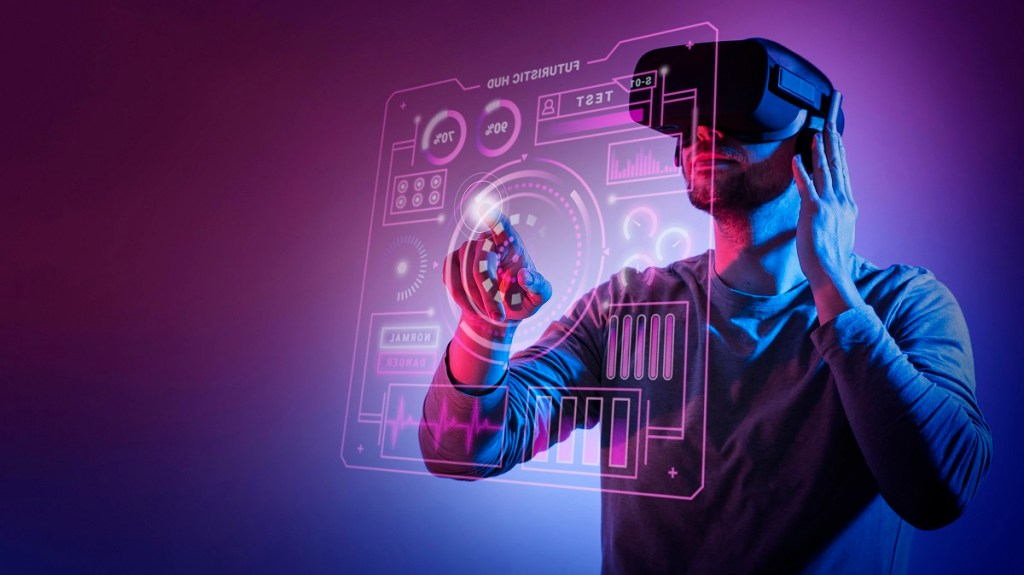By Rama Krishna Sreepada
In the era of digital transformation, wearable devices and the Internet of Things (IoT) have emerged as transformative technologies in the healthcare industry while experiencing a remarkable revolution. These cutting-edge technologies have emerged as powerful tools and have revolutionized patient monitoring, leading to improved outcomes and transforming the entire healthcare landscape. The integration of wearable devices and IoT technology in healthcare has paved the way for a new paradigm, where real-time health monitoring and personalized care have become achievable realities. Let’s delve into the significant impact of wearable devices and IoT in monitoring patients’ health, improving outcomes, and ultimately transforming the healthcare industry.
Monitoring Patients’ Health:
Wearable devices, such as smartwatches, fitness trackers, and biosensors, have become increasingly prevalent, offering real-time health monitoring capabilities. These devices can track vital signs, activity levels, sleep patterns, and even specific health parameters such as blood pressure, heart rate, and glucose levels. The continuous and non-intrusive nature of these devices provides healthcare professionals with a comprehensive understanding of a patient’s health, enabling early detection of potential health issues.
According to a study published in the Journal of Medical Internet Research, patients who used wearable devices for monitoring their health showed a 34% reduction in hospital readmission rates compared to those without such devices. Furthermore, wearable devices facilitated remote patient monitoring, reducing the need for frequent hospital visits and allowing healthcare providers to intervene promptly when necessary.
Improving Outcomes:
The integration of wearable devices and IoT has led to improved health outcomes for patients. By providing real-time data, these devices enable healthcare professionals to make timely interventions, personalize treatment plans, and adjust medications as needed. Additionally, wearable devices offer patients a sense of empowerment, encouraging them to actively participate in their own care and make informed decisions regarding their health.
A study conducted by the Mayo Clinic showed that patients who used wearable devices to monitor their physical activity achieved a significant increase in daily step counts, leading to improved cardiovascular health. Another research study published in the Journal of the American Medical Association demonstrated that patients with diabetes who used wearable devices for continuous glucose monitoring experienced better glycemic control, reduced hypoglycemic episodes, and improved overall quality of life.
Transforming the Healthcare Industry:
Wearable devices and IoT have the potential to transform the healthcare industry by shifting the focus from reactive to proactive care. With the advent of data analytics and artificial intelligence, the vast amount of patient-generated health data collected through wearable devices can be analyzed to identify patterns, predict health deterioration, and provide personalized recommendations for preventive care.
For instance, AI algorithms can analyze data from wearable devices to detect early signs of chronic conditions such as heart disease or diabetes, allowing healthcare providers to intervene at an early stage and potentially prevent the development of complications. Moreover, wearable devices can facilitate remote consultations and telemedicine, reducing the burden on healthcare facilities, increasing access to care, and improving healthcare delivery in remote areas.
Conclusion:
Wearable devices and IoT have emerged as powerful tools for monitoring patients’ health, improving outcomes, and transforming the healthcare industry. By providing real-time data, enabling remote monitoring, and promoting patient engagement, these technologies have the potential to revolutionize healthcare delivery. The integration of wearable devices with advanced analytics and AI holds the promise of delivering personalized, proactive, and preventive care. As we continue to embrace these technologies, we can anticipate a future where wearable devices and IoT become indispensable components of a comprehensive and patient-centric healthcare system.
(The author is a Co-Founder & Chief Architect at [x]cube LABS. Views expressed are personal and do not reflect the official position or policy of the FinancialExpress.com.)








